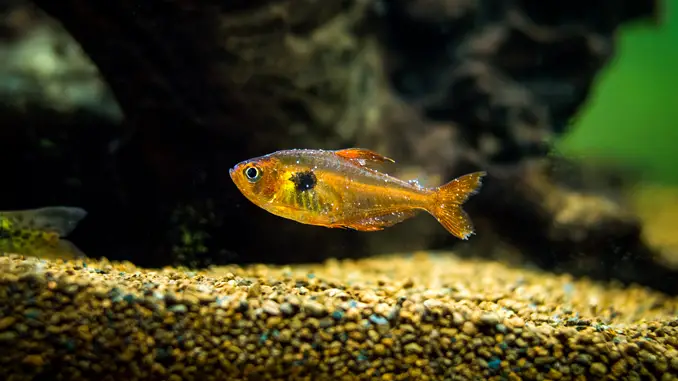
Ich, pronounced “ick,” is one of the most common diseases that affect freshwater fish. It’s also known as white spot disease due to the white spots that appear on the body and gills of infected fish.
Ich can be found in all areas of the world in both wild and aquarium fish, and it’s highly contagious.
Although it may not look serious when a single fish has ich, the disease can spread quickly in a community tank. Eventually, if ich isn’t treated, it will kill all the fish in a tank.
Understanding this disease is essential to preventing and treating it.
What is ich?
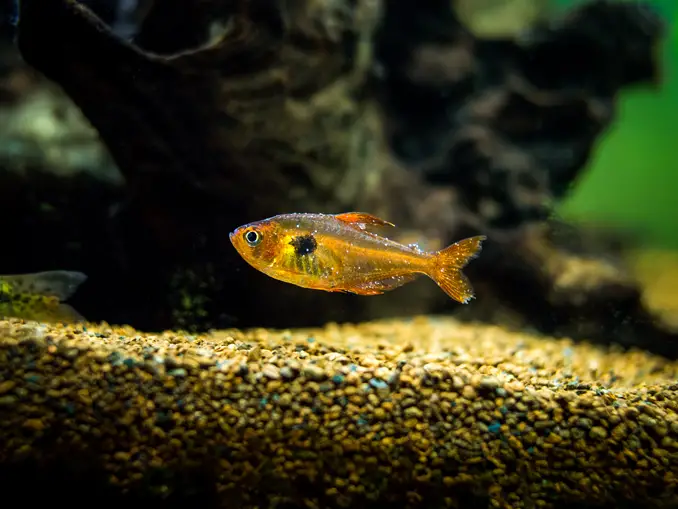
Ich (ichthyophthirius multifiliis) is a deadly parasite that affects freshwater fish both in the wild and in home aquariums.
When the ich parasite attaches itself to a fish that it can use as a host, white spots start appearing on the surface of the fish’s scales, fins, and gills.
This symptom, along with other behavioral signs of sickness, will start appearing in the other fish in the tank as the parasite reproduces. Both white spot disease and the parasite that causes it share the name ich (sometimes spelled ick).
Ich medications are designed to kill the parasite, not to treat the symptoms of the fish, and can only do so at certain points of its life cycle.
If you identify and treat ich early, your fish will have a higher chance of full recovery.
What does ich look like on fish?
Ich is easy to identify by the tiny, raised white spots that appear on the fins, body, and gills of infected fish. These white spots have a few key features:
- A fish with ich looks like it has been sprinkled with salt. The spots are raised, not flat on the fish’s scales.
- You should be able to count individual ich spots, even a few days after the infection begins.
- A fish’s ich spots multiply over time. After half a day, or overnight, ich spots on a single fish might double or triple.
The time that the salt-like spots remain on your fish depends on the water temperature:
- 75–80ºF —- 2 days
- 70–74ºF —- 4 days
- 60–69ºF —- 10–14 days
- 50–59ºF —- 22–34 days
- Below 50ºF —- 35+ days
After the parasite falls off and starts to multiply in the tank, the fish won’t show any white spots. The ich parasite can only be killed at this point in its life cycle, before it re-attaches to a fish.
What other symptoms does ich cause?
Along with the salt-like white spots on the fish’s body, the fish will display other signs of infection. A fish infected with ich may show these symptoms:
- Loss of appetite
- Rapid breathing
- Lethargy
- Hiding behavior
- Rubbing or scratching against decorations and surfaces
If you aren’t sure whether your fish has ich, consult an aquatic veterinarian.
Can ich affect humans?
No, ich can’t affect humans. A fish that has ich can’t pass the disease to humans. However, wash your hands carefully after touching fish or water affected by ich, so that you can avoid spreading the infection to equipment or other tanks.
White Spot Diseases That Aren’t Ich
If you notice white, salt-like spots on your fish, it’s most likely ich. However, some other diseases can be easily confused with ich because they also cause white spots.
If you can rule out ich but your fish are showing similar signs of illness, it could be one of the following diseases:
- Velvet — Another parasitic infection. Velvet causes so many white spots that you won’t be able to count them, and your fish’s scales will develop a velvety appearance.
- Stress ich — A stress illness that mimics ich, but it’s not related. Stress ich spots look like salt, but they won’t multiply over time or spread to other fish.
Causes of Ich
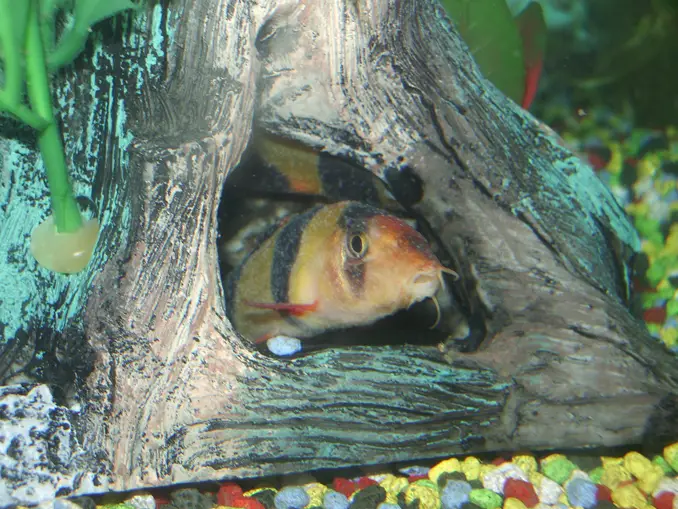
Because ich is a parasitic infection, it is caused by the presence of the ich parasite in the tank.
New plants and decorations often carry ich into a tank. When the ich parasite falls off its host fish and settles on plants, decorations, and substrate, it starts to reproduce.
A single ich divides into hundreds of new ich after every life cycle, which means one parasite on a new plant can infect a whole tank.
Newly added fish can also carry ich with them, even if they look healthy, because the parasite hides under their scales and gills for part of its life cycle.
Contaminated equipment, whether at home or in the supply and shipping process, can also introduce ich to a home aquarium. Tanks, dip nets, and even bait fish can transfer the parasite to your fish after recent contact with contaminated water.
Ich Treatment
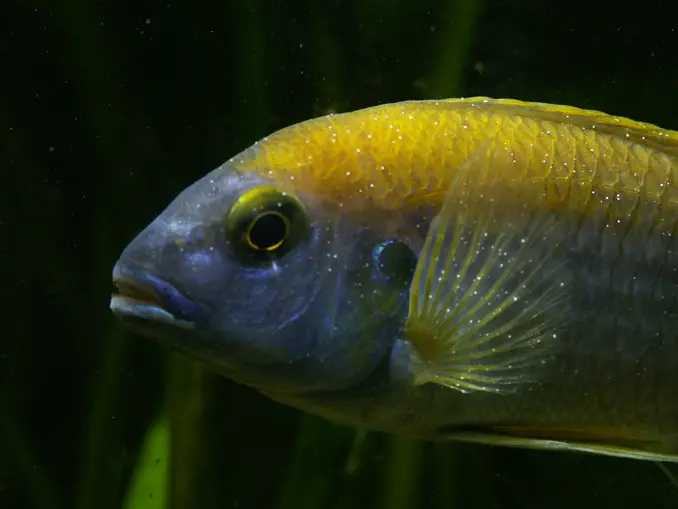
Ich treatment consists of chemical treatments, environmental changes, and disease prevention. Because ich is so deadly if left untreated, prompt treatment is integral.
The ich parasite is especially dangerous in community tanks because it reproduces quickly and exponentially. Ich continues to multiply until all of its fish hosts die, so catching the disease early is essential.
With that said, ich treatment is easy, and there are many options to choose from to not only treat ich but also prevent the parasite from infecting your tank.
Waiting to see if your fish develop natural immunity may be tempting, especially for aquarists who want to avoid chemical treatment, but don’t avoid treatment entirely. Treating ich is much safer in the long run.
Ich treatment should last for at least the full duration of the parasite’s life cycle. The life cycle of ich depends heavily on the water temperature. At higher temperatures, the parasite’s life cycle shortens, while at colder temperatures, the cycle takes longer.
Between 75–80ºF, a complete life cycle takes 11–12 days. You should expect the treatment for ich to take at least this long.
How to Treat Ich
Begin ich treatment as soon as you notice your fish exhibiting symptoms.
The ich parasite can only be treated after it falls off its host and reproduces in the water. For this reason, think of treating ich as treating the tank, not treating the infected fish.
Treatment must be sustained for at least a week in order to kill the newly hatched parasites as well as those that fall off of infected fish as they progress in their life cycle.
However, some strains of ich are resistant to treatment, so combining treatment methods is a safer way to make sure that the tank is completely ich free.
Choosing Suitable Ich Medication
Chemical ich medication is the most reliable way to get rid of the ich in your tank. Choosing the right chemical ich treatment for your tank is important to keep your fish healthy.
Some of the most popular chemical treatments are:
- Ich-X — Effective at a wide range of temperatures and can be used with scaleless fish. Not safe for some invertebrates.
- API Super Ick Cure — Safe for scaleless fish, and works quickly in both freshwater and saltwater tanks. Not recommended for reef aquariums.
- Seachem Paraguard — Safe with most plants, invertebrates, and scaleless fish at 1/2 or 1/4 dose, and doesn’t require water changes between each dose. Treatment time is slower.
- Seachem Cupramine — Highly effective and safe for almost all types of fish. Not suitable for beginner aquarists and requires careful monitoring of the tank conditions.
- Tetra Ick Guard — Comes in pre-measured tablets to prevent overdose, and doesn’t require temperature or water changes. Suitable for beginner aquarists but not safe for marine (saltwater) tanks.
Read the instructions and safety information carefully for each chemical treatment to make sure that the medication suits your tank.
Chemical Treatment (Ich Medication)
Before starting chemical treatment for ich, take these to prepare the tank:
- If possible, raise the tank temperature to 78–80ºF over 48 hours. The warmer temperature will speed up the life cycle of the ich, which will make the treatment process faster.
- Turn off UV sterilizers and protein skimmers, and remove carbon from any carbon filters. Otherwise, the medication will be either inactivated or removed from the tank.
- Aerate the tank, because both ich medication often depletes the tank’s oxygen levels. Buy and install a bubbler if the tank doesn’t have one.
Before adding any ich medication, calculate the actual amount of water in your tank. A more heavily decorated tank contains about 15% less water than the tank capacity, while a moderately decorated tank contains about 10% less.
This means that a 100 gallon tank only contains 85–90 gallons of water. If you dose the ich medication for 100 gallons of water, the dosage will be too high, and it may kill your fish.
Dose the medication according to the instructions and safety information that come with the ich medication.
If the chemical treatment requires water changes, be sure to maintain a steady temperature in the tank in order to avoid stress for your fish.
When the treatment period is over, slowly lower the aquarium temperature back down to its usual level and resume carbon filtering or UV sterilizing.
Complete at least one full water change and do a thorough cleaning, quarantine, or replacement of all substrate and decorations. To be sure that ich is gone, monitor the tank for 2–4 days after finishing treatment.
In total, chemical treatment for ich can take 2–3 weeks.
Environmental Changes (Natural Ich Treatment)
Some aquarists worry about treating their fish with chemicals, but there are some natural ways to treat ich, too.
- Raise the temperature — Most strains of ich can’t survive above 86ºF, so slowly raising the temperature of the tank is enough to get rid of the parasite. Not all fish can stand the heat, but even for the fish that can handle warm water, adding oxygen is essential for this treatment method.
- Add salt — Even freshwater fish can stand a bit of extra salt in the aquarium for a short time. This method is only suitable for scaled fish, but adding salt can end a new ich infection before it gets too severe. Avoid table salt, and only use aquarium salt. Add about a tablespoon of salt per five gallons of water, but give your fish time to acclimate. After the infection disappears, perform multiple water changes to make sure that the salt is totally removed.
- Move all fish to a hospital tank — While this method alone can’t treat an ich infection, it often makes it easier to get rid of the parasite and clean the original tank. It also protects plants, substrate, and decorations in the original tank. Keep your fish in the hospital tank for at least 48 hours to make sure the parasites in the original tank die off.
Keep in mind that treating ich naturally is less effective than using chemical treatments because resistant strains of ich can develop. Using environmental changes along with ich medication is the most reliable way to get rid of ich in your tank.
How to Prevent Ich
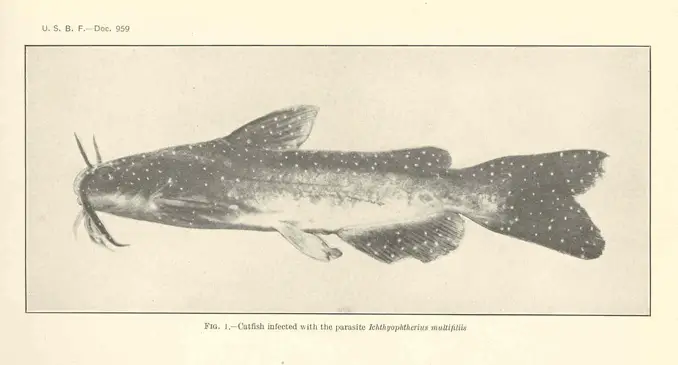
Despite common misconceptions, ich is not always present in tanks and aquariums. With good habits, ich can be prevented from entering the tank at all.
To prevent ich in your tank:
- Always buy fish that look healthy and have no signs of disease. Never buy from a tank that has a dead or diseased fish.
- Purchase everything from fish to decorations as directly as possible from the source, to avoid contamination in the shipping process.
- Always quarantine new fish, new plants, and new decorations for a minimum of two weeks to be completely sure they are safe from parasites.
- If adding substrate from the wild, wash it thoroughly and let it dry completely for at least two days before adding it to the tank.
- Give your fish at least a few minutes of attention each day to check them for signs or symptoms of disease.
- Don’t use the same equipment across multiple tanks, especially the equipment used for new fish.
- Avoid buying plants from any tank that already has fish. Otherwise, wash the plants well and place in quarantine for at least four days.
Key Takeaways
To prevent ich, quarantine all new additions to the aquarium and check your fish frequently for signs of stress or illness.
If ich does invade your tank, begin treatment as soon as possible. Choose a medicine that suits your tank and follow the instructions carefully.
Ich is dangerous, but it is both preventable and treatable.

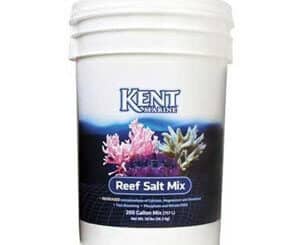
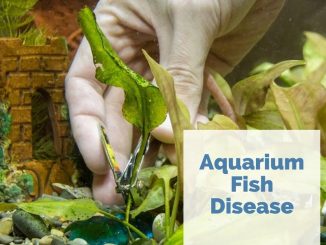
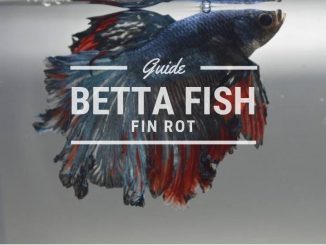
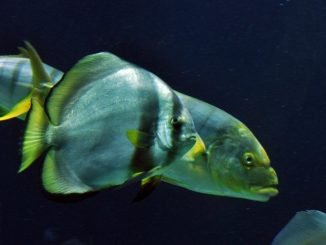
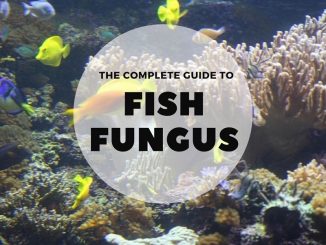
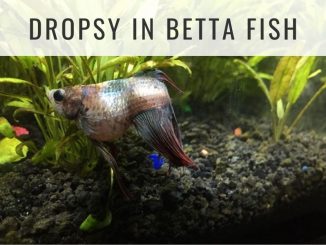
Be the first to comment